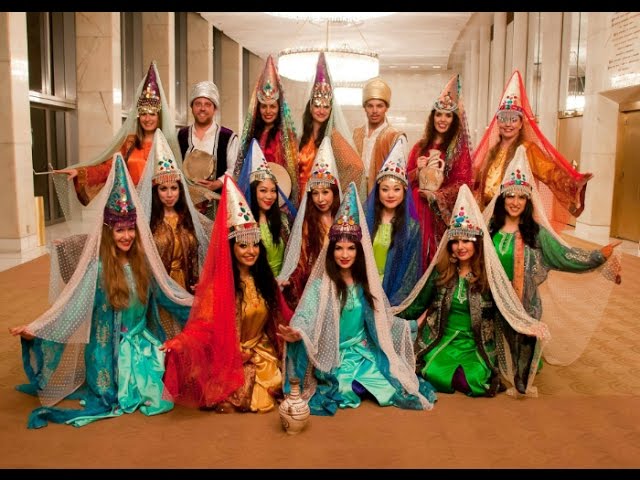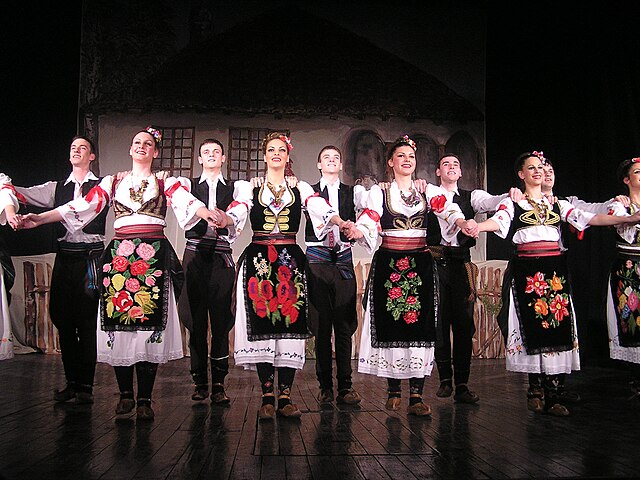In the vibrant tapestry of Middle Eastern cultural traditions, few elements are as emblematic and cherished as Dabke. This traditional folk dance, rooted deeply in the history and heritage of the region, holds a significant place in the hearts of many across Lebanon, Syria, Jordan, Palestine, and beyond. As both a dance and a social ritual, Dabke is more than just a performance; it is a living, breathing expression of identity, community, and celebration. This blog post delves into the cultural significance of Dabke, exploring its origins, symbolism, and its role in modern Middle Eastern celebrations.
Origins and Evolution
The origins of Dabke are a subject of much debate, with various theories pointing to different historical and cultural influences. One prevailing theory suggests that Dabke evolved from ancient agricultural practices. Historically, communities in the region would gather to perform collective tasks such as building structures or harvesting crops. These tasks were often accompanied by rhythmic stomping and synchronized movements, which over time transformed into the structured dance form known today as Dabke.
Another theory links Dabke to ancient Levantine rituals and folk practices. The dance’s rhythmic footwork and the formation of lines and circles are thought to have symbolic connections to traditional rites and communal activities. Regardless of its precise origins, Dabke has evolved to become a prominent cultural marker, reflecting the communal spirit and historical resilience of the people of the Middle East.
The Dance: Structure and Performance
Dabke is typically performed in a line or a circle, with dancers holding hands or linking arms. The dance is characterized by its vigorous footwork, where dancers often stomp and hop in unison, creating a rhythmic and energetic display. The movements are both simple and intricate, allowing for individual expression within the collective formation.
Traditional Dabke is performed to the accompaniment of folk music played on instruments such as the darbuka (a type of drum), the oud (a stringed instrument), and the mijwiz (a type of reed flute). The music sets the tempo and rhythm, guiding the dancers through a sequence of steps and formations.
There are various styles of Dabke, each associated with different regions and communities. For instance, the Lebanese style is known for its lively and exuberant movements, while the Palestinian style tends to incorporate more storytelling elements and intricate footwork. Despite these regional variations, the underlying principles of Dabke—community, rhythm, and celebration—remain consistent.
Symbolism and Cultural Significance
Dabke holds profound symbolic meaning within Middle Eastern cultures. At its core, the dance represents unity and solidarity. The act of dancing in a line or circle, with participants holding hands, symbolizes the strength of community and the importance of collective effort. It serves as a reminder of the interdependence of individuals within a society, reinforcing social bonds and fostering a sense of belonging.
In addition to its symbolic significance, Dabke is a powerful expression of cultural identity. The dance is often performed during significant life events such as weddings, festivals, and national celebrations. It serves as a way for individuals to connect with their heritage and to celebrate their cultural traditions. For many Middle Eastern communities, Dabke is a source of pride and a means of preserving and transmitting cultural practices to future generations.

Dabke in Modern Celebrations
In contemporary times, Dabke continues to play a vital role in Middle Eastern celebrations. Its presence at weddings, festivals, and public events underscores its enduring relevance and cultural importance. During weddings, Dabke is often performed as a highlight of the celebration, bringing together family and friends in a shared expression of joy and festivity.
Public festivals and national events also feature Dabke performances, showcasing the dance to wider audiences and celebrating regional diversity. For example, during events such as the Palestinian Independence Day or Lebanese festivals, Dabke serves as a powerful symbol of national pride and cultural heritage. Feel free to visit their page to find more information and ideas about the dabke dance history.
Moreover, Dabke has found a place in the global arena, with diaspora communities and international festivals embracing the dance as a means of cultural exchange. This exposure has allowed Dabke to reach new audiences, fostering greater appreciation and understanding of Middle Eastern traditions.
Challenges and Preservation Efforts
Despite its cultural significance, Dabke faces challenges related to its preservation and transmission. As with many traditional art forms, there is a risk of dilution or loss of authenticity due to modernization and changing social dynamics. Efforts are being made to preserve and promote Dabke through cultural organizations, dance troupes, and educational initiatives.
In many communities, younger generations are being encouraged to learn and perform Dabke, ensuring that the dance remains a living tradition. Cultural festivals and workshops provide opportunities for individuals to engage with Dabke and to explore its historical and cultural roots. These efforts are crucial in maintaining the dance’s relevance and ensuring its continued significance in Middle Eastern celebrations.
Conclusion
Dabke is much more than a traditional folk dance; it is a vibrant expression of Middle Eastern cultural identity, unity, and celebration. Its origins, symbolic significance, and role in modern celebrations highlight its importance as a living tradition that connects people to their heritage and to one another. As Dabke continues to evolve and adapt, its enduring presence in Middle Eastern festivities serves as a testament to the resilience and richness of the region’s cultural heritage.


